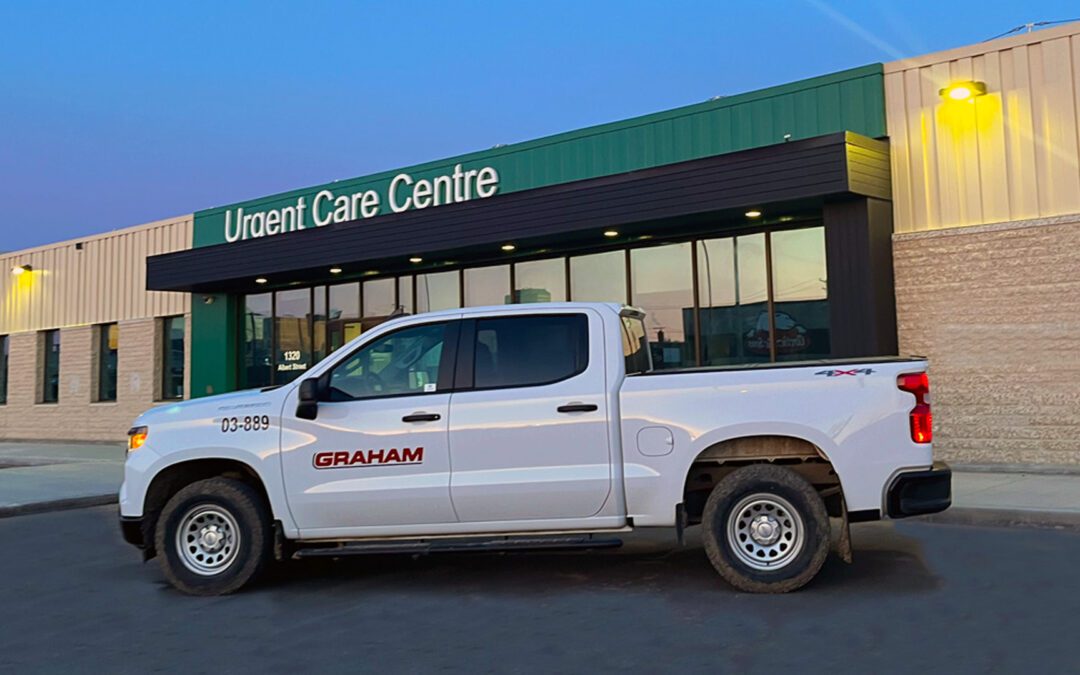
Author: Annette Cooper, Director Data and Analytics at Graham Construction
Graham Construction has grown significantly in the last several years, through organic growth and acquisition and merger. Growth, while exciting for the company overall, creates significant challenges for how we manage a growing data asset within an expanding technology landscape.
Speed to decision is key, and the challenge from our Executive team has been how do we utilize the data we have to maintain and grow our competitive edge in major construction across Canada and the US. While ERP systems and other business software will eventually be rationalized and consolidated, we cannot wait to have access to quality data to improve strategic decision making, such as emerging market opportunities, and oversight of our in-progress builds.
The long-term strategy for Data and Analytics at Graham looks beyond incremental current state improvements and into future construction capabilities we want to be able to exploit. More and more data are coming to us in a range of different forms, such as IoT and streaming telematics data from our equipment fleet, unstructured data coming from construction drawings, plans and digital images for quality assessments. Our centralized data platform needs to be able to handle not only the growing volume of data, but also a range of data types. We want to be able to quickly bring new use cases and types of analysis to Graham and exploit artificial intelligence and machine learning for business gain.
Like most companies Graham’s overall IT direction is a cloud first approach. The nature of cloud solutions for data analytics means we can piece together an ecosystem that works best for our needs, with a priority on performance, security, and ease of use. Cost is the other major factor to consider when moving into cloud computing for data analytics. At first, consumption-based charging sounds like it should be less expensive, but many companies are finding the opposite especially when it comes to ‘always on’ options such as live streaming data. It is easy to get carried away with exciting functionality that appears easier to manage through cloud services. At Graham we always ask the question, how will having this real time improve the outcomes for our business? Are we really making real time decisions? If we can’t provide tangible return on investment, then we need to investigate other ways to achieve the outcome. Another benefit to cloud technologies is, if necessary, we can create a charge back model to business units for the cost of providing specialized services like real time reporting.
While the term ‘data-driven’ has long been in the zeitgeist as the desired future state for every organization, at Graham the approach is to become more data enabled. We are doing this through utilizing people, process, and technology. We expect the data to provide key insights to our experts who ultimately make the decisions at the coalface of our business. While I am sure we will find use cases for more advanced cognitive services, in the first instance we are trying to provide analysis that improves the decisions we are already making operationally to improve safety, productivity and profitability across all areas of the business.


